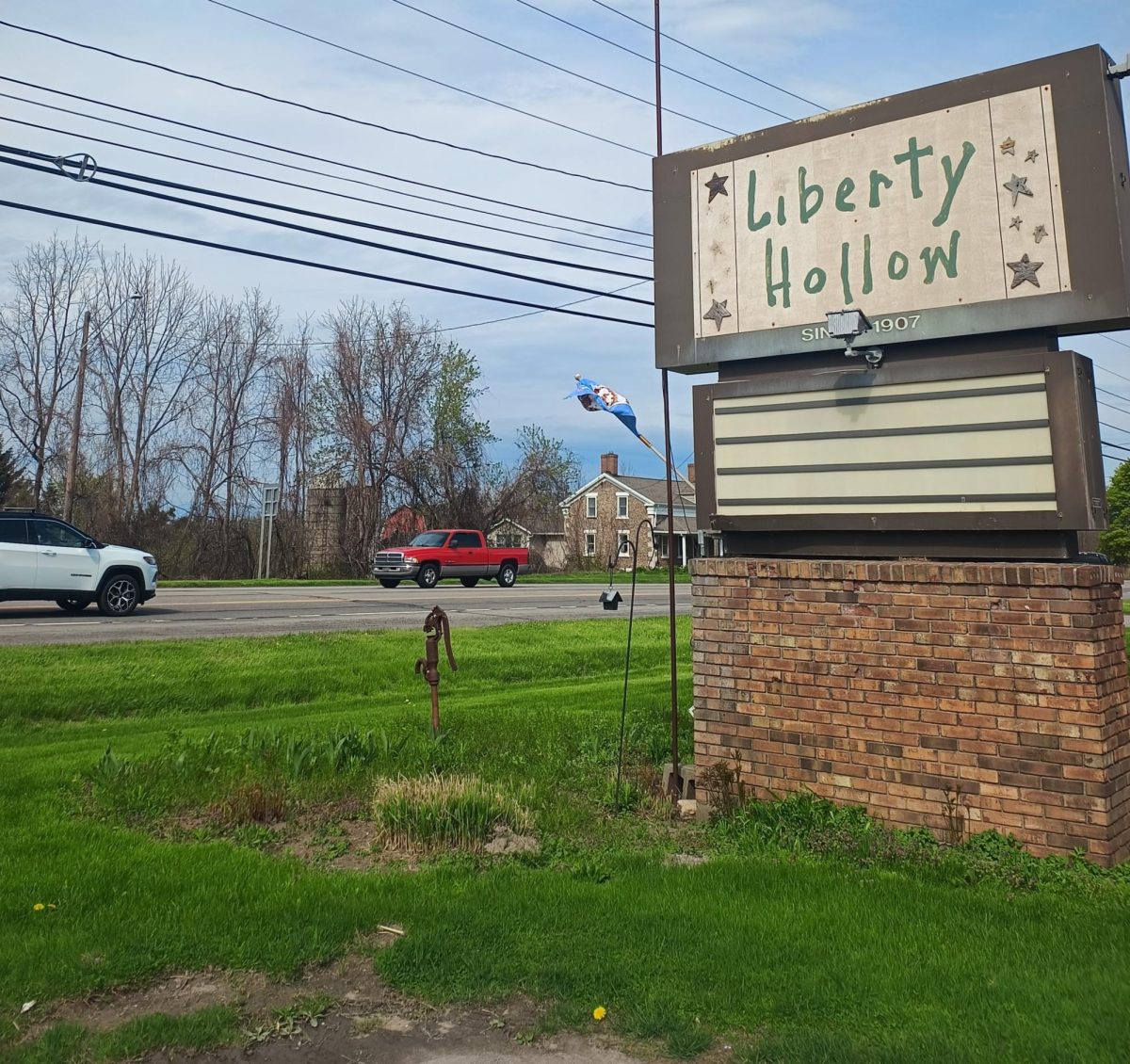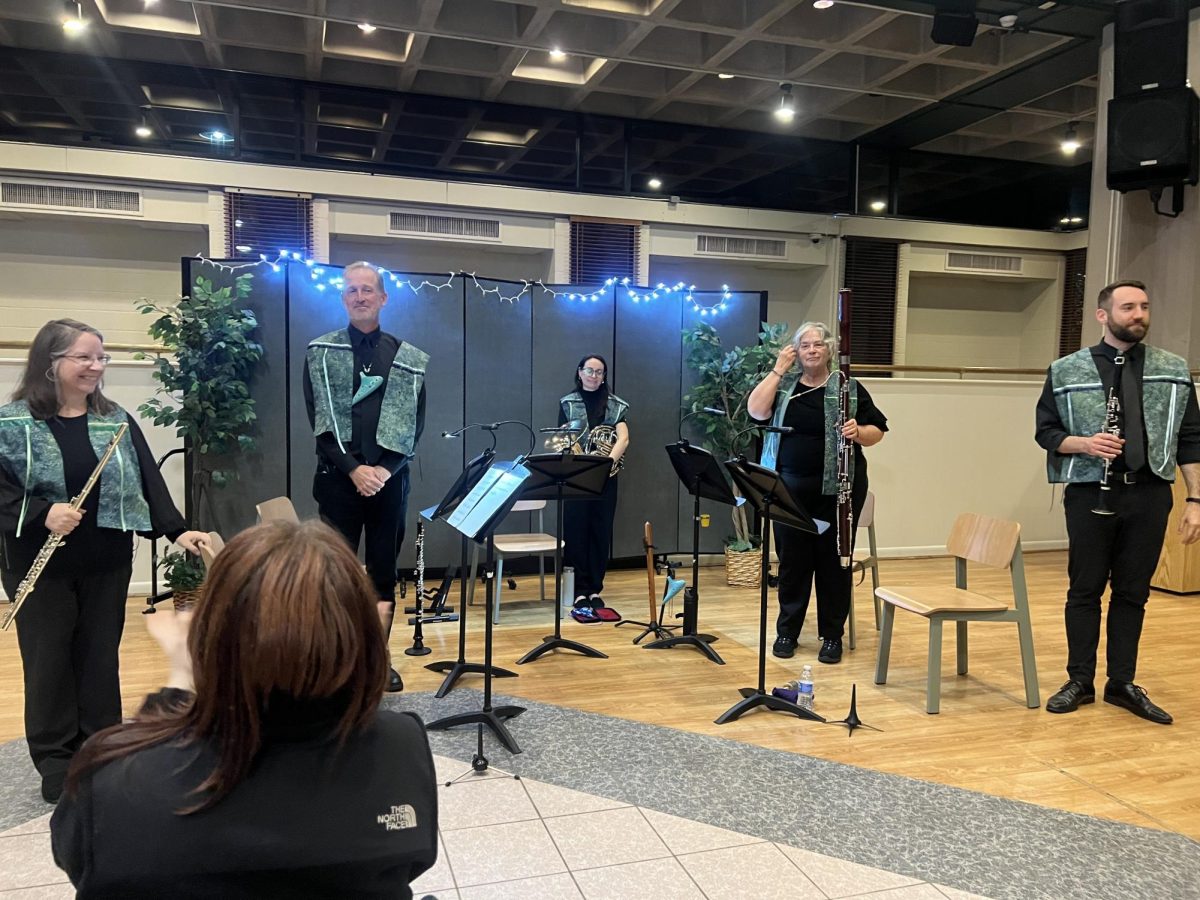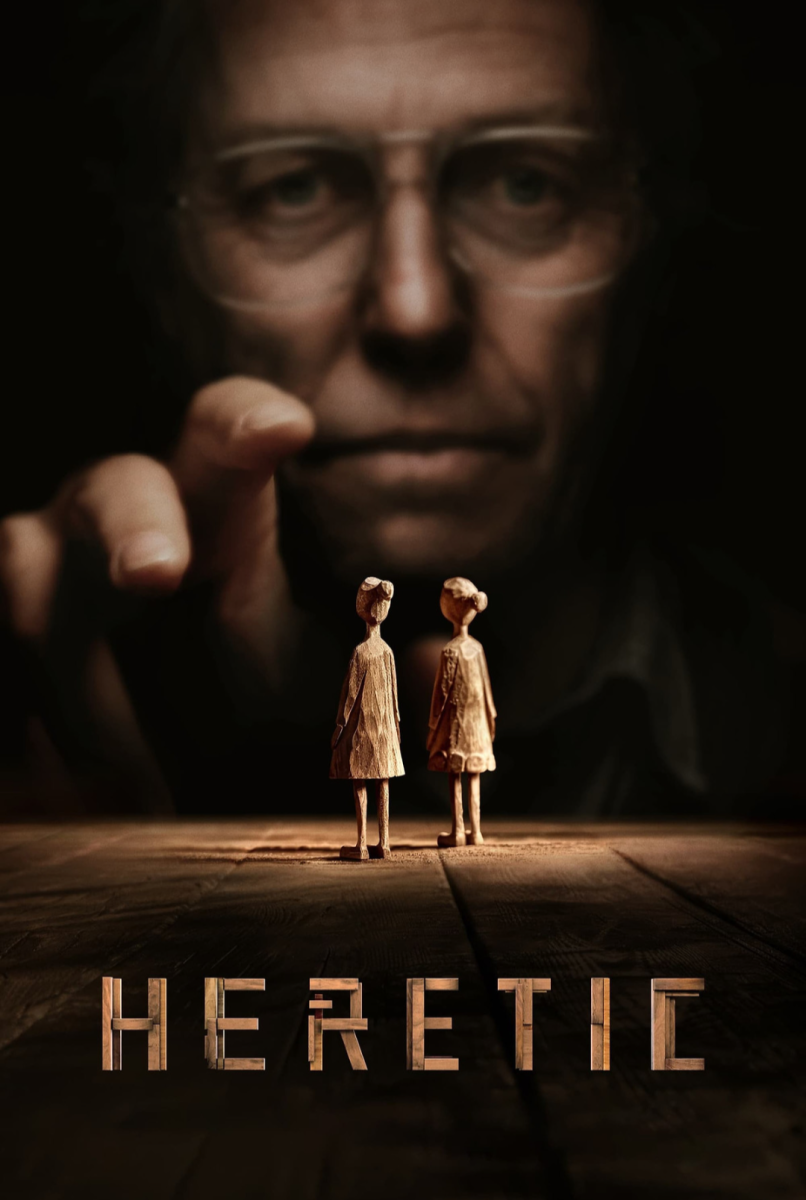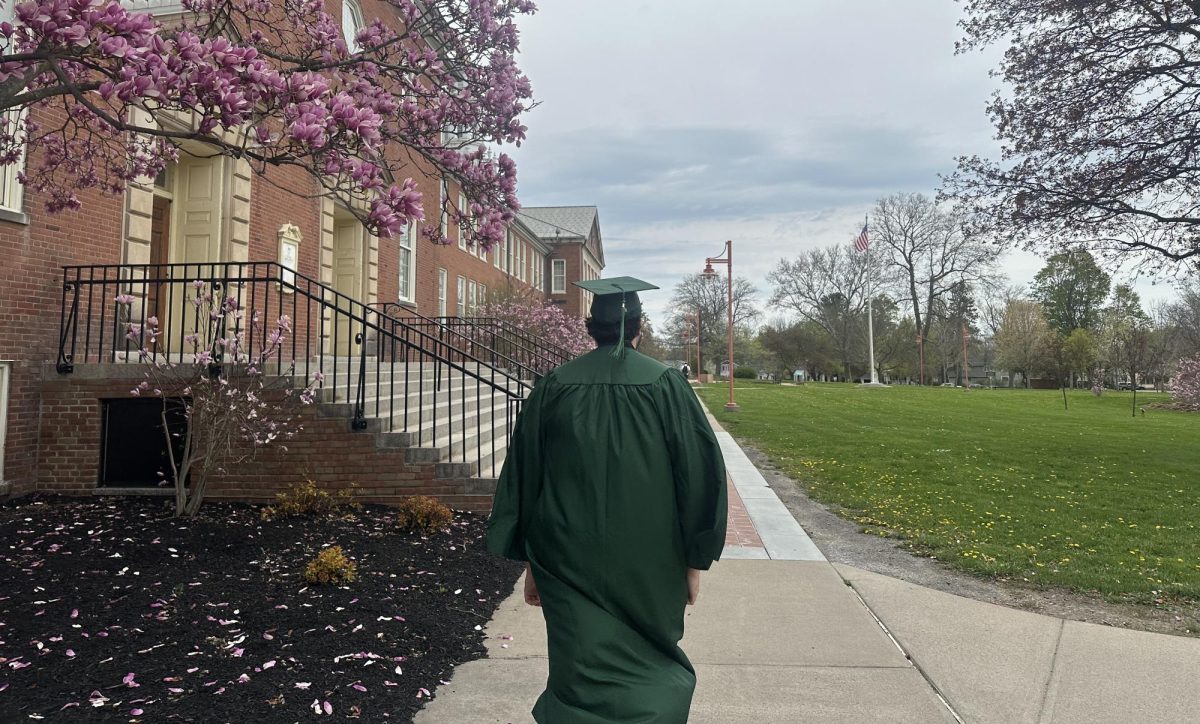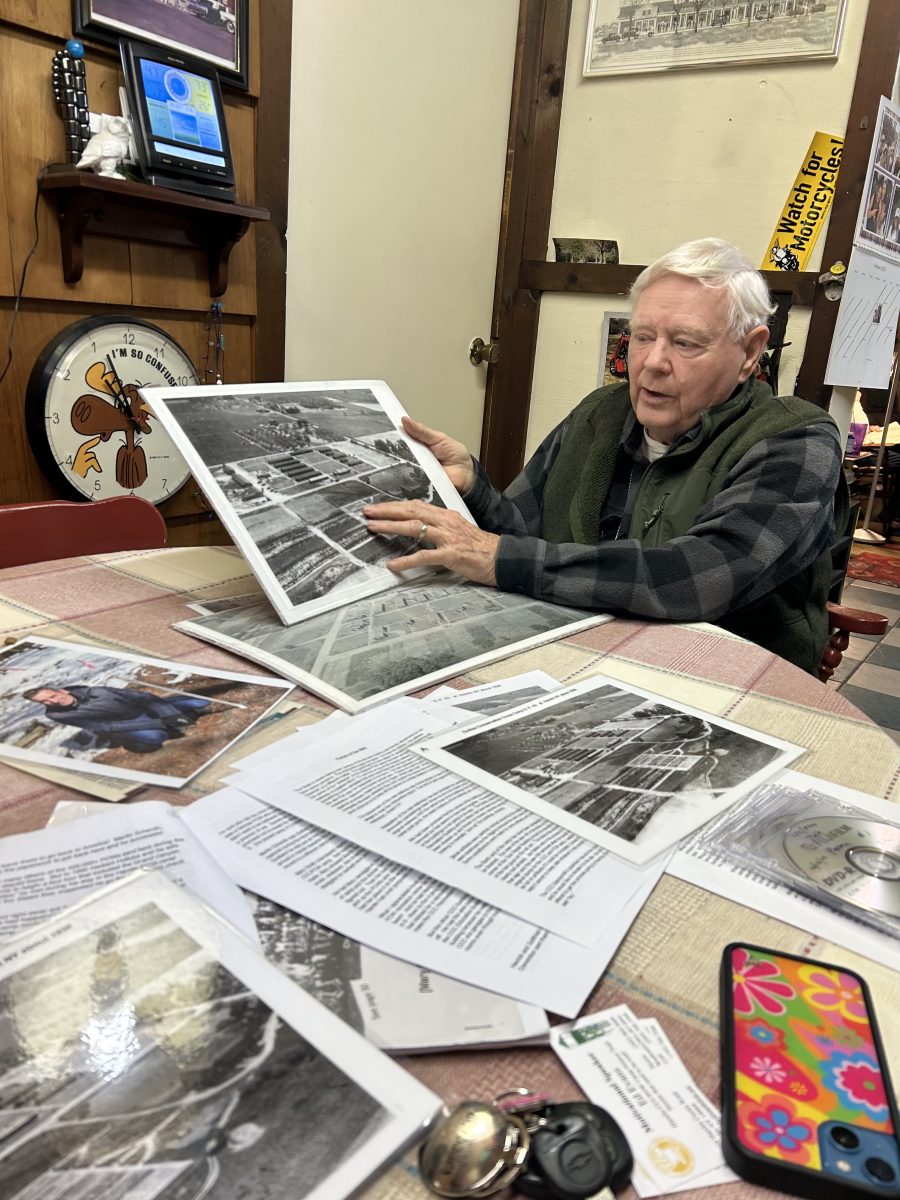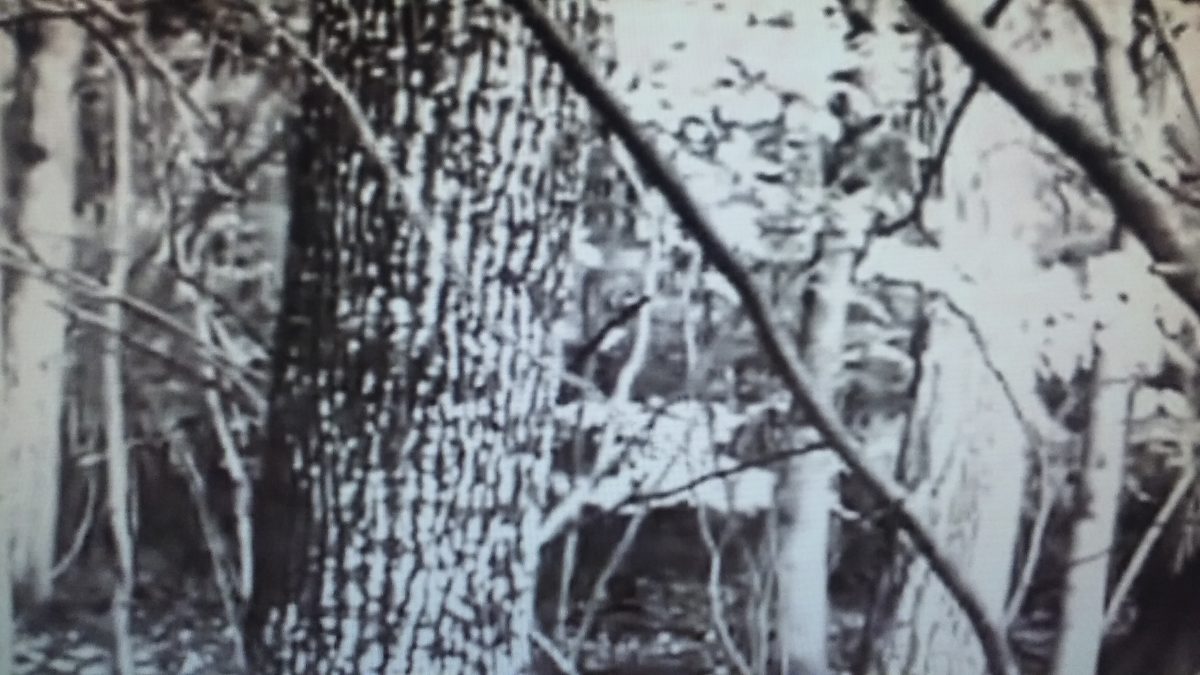By Joseph Massaro
Canalside Chronicles Staff Writer

As a professor and a filmmaker, Carvin Eison is the type of person who wants to bring awareness to underreported issues, especially the history of lynching in America.
In 2005, after hosting a conference in Warsaw, Poland for his film “July ’64,” Eison ran into professor and author, Jacqueline Goldsby, who was giving a lecture on lynching photography in America. Eison wasn’t able to make Goldsby’s lecture, but he became interested in the history of lynching.
When Eison came home from Poland, he purchased a book full of photographs and postcards taken as souvenirs at lynchings called “Without Sanctuary: Lynching Photography in America.” To this day, Eison says he is still processing the images he had seen from that book.
After doing some further research on lynching in America, Eison realized there wasn’t enough information about some of the victims he was discovering. Eison says he was overwhelmed for the grief and pain of the families of these victims and realized more had to be done.
Eison says he came up with an idea to create a documentary film detailing the history of lynching in America and some of its victims, such as the 1916 lynching of a black 17-year-old boy named Jesse Washington in Waco, Texas. He also based the film in part around James Baldwin’s 1965 short story, “Going to Meet the Man.”
Eison finally finished his film “Shadows of the Lynching Tree” in 2010. Since then, it has won numerous awards and has been shown all across the world. Eison says he hopes his film can spread awareness of America’s brutal history of racial terrorism.
During the making of this film, Eison says he felt naive and foolish that he was going to be able to release a film like this, especially from the images he was deeply sickened by. However, he knew if he didn’t, he would never get over it. However, Eison believes everyone should see these images so these kinds of acts violence will never happen again.
View this slideshow detailing how Eison dealt with the images he experienced while making his latest film.
WARNING: The slideshow above includes graphic images that may not be suitable for all audiences. Viewer discretion advised.
(Photo Credit: by Joseph Massaro and Matthew Wilson and courtesy from Nicholas Forster, “July ’64,” “Shadows of the Lynching Tree” and “Without Sanctuary: Lynching Photography in America.”)


